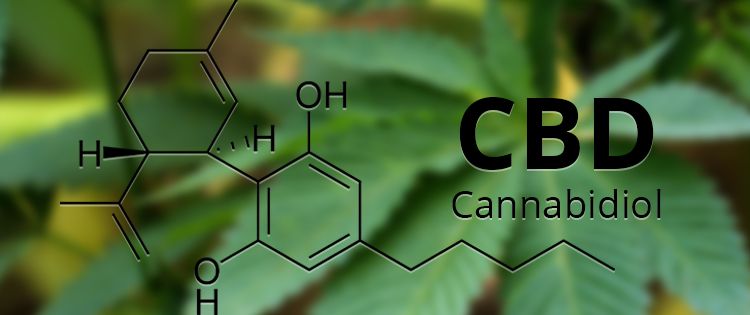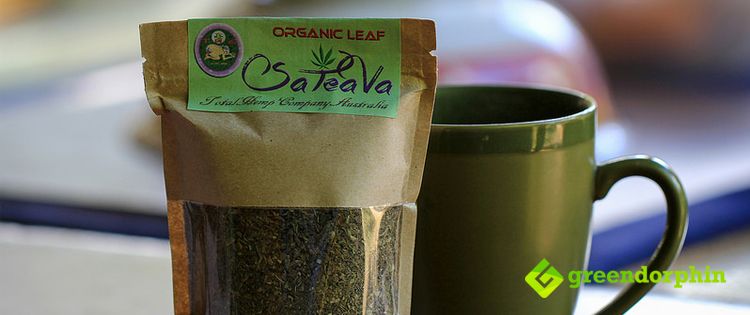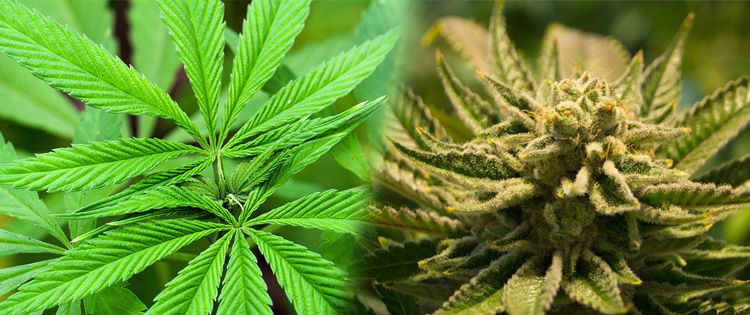Cannabidiol or CBD is one of the many cannabinoids found in both Cannabis Sativa and Hemp.
As legalization, particularly in the United States, begins to parse the plant for compliance purposes, both regulators and users are asking more and more frequently, if there is a difference between CBD obtained from cannabis or hemp.
In Europe, this is less of an issue – mostly because of the way both hemp and cannabis are being relegalized if not integrated into the medical systems here.
The biggest difference, however, is that CBD obtained from cannabis is likely to have higher amounts of THC along with it. Some “cannabis” is actually bred specifically for lower THC/higher CBD levels (particularly in the United States.) Chemically, however, there is absolutely no difference between the source of the cannabinoid CBD.

Why is This Even an Issue?
A lot of these questions are coming from the medical side of the ledger at a time when regulatory structures are being considered if not re-examined just about everywhere. At the end of last year, for example, the British government made the surprise announcement that it was moving forward on regulating CBD-containing products (while continuing to criminalize cannabis itself).
In the United States, the conversation is equally convoluted. Beer which contains CBD is now allowed to be shipped across state lines (by the federal regulatory agency that oversees all alcohol regulation). Possession of if not cross-state line transportation of CBD oil, however, required by epileptic children, can still land you in jail, particularly in the South.
However, the question is also being asked from a consumer product perspective, particularly around the issue of CBD oil and labeling. Some of this comes from actual production processes (CBD oil can be made from either the bud or the leaves and stalks of either the hemp or cannabis plant).

The hemp plant, in general, contains no more than 3% CBD. Cannabis plants, on the other hand, commonly contain as much as 20% CBD. Obviously, this makes a difference downstream in extracted solutions and what they are also added to.
Ultimately, however, the best way for consumers to understand what they are consuming is to look at the labeling and packaging information. The percentage of CBD in the oil or product itself is the best guide to go by.
Side Effects
This is an issue that to date, has not been well studied. However, it appears from anecdotal reports, that users tend not to suffer “side effects” when they obtain or use CBD from hemp. This is entirely a biochemical issue, however, as the overall concentration of the cannabinoid, along with others, is also very different.

The main side effects reported by CBD users tend to be the same negative impacts suffered by THC users. Paranoia, anxiety, and inability to concentrate. This may well come from trace amounts of THC on extremely sensitive or susceptible users. There is, as yet, no real guidance or understanding of how or why some users suffer side effects while others do not.
One of the more interesting lines of research, however, to come out of recent understanding about the entire universe of cannabinoids, is that both CBD modulates the negative impact of THC in the human body.
The Total Cannabinoid Picture
Ultimately, however, this is an issue for the research lab. Until scientists better understand how cannabinoids – both individually and in combination – actually work in the human body, concentrations of individual cannabinoids and from different sources are just numbers.

Yes, CBD from hemp has been shown to be effective against tumours – but all that means is that CBD at low doses is medically impactful. CBD, whether obtained from either the Hemp or Cannabis plant, is frequently not as effective in treating chronic pain (for example) as THC.
In the coming discussion, in other words, particularly from the medical end, the discussion is far more likely to center around what concentrations of cannabinoids are present and how they interact (or do not) with other companion cannabinoids.
For now, users should pay attention to labeling. It is not the mere presence of CBD that counts, but the percentage of it, no matter where it comes from.
For comments and suggestions, please let us know in the comment section below.
- Guenter Weiglein – The Persevering Patient - July 7, 2017
- Dr Peace – A German Cannabis Doctor On The Go - July 5, 2017
- The German Marijuana Edibles Market - July 3, 2017


